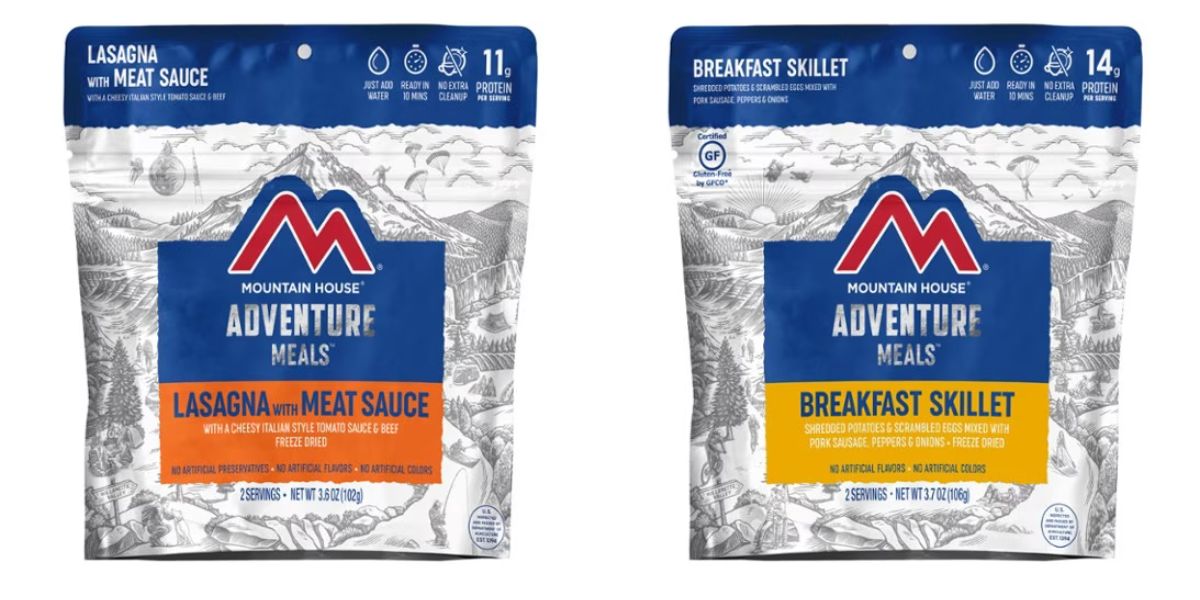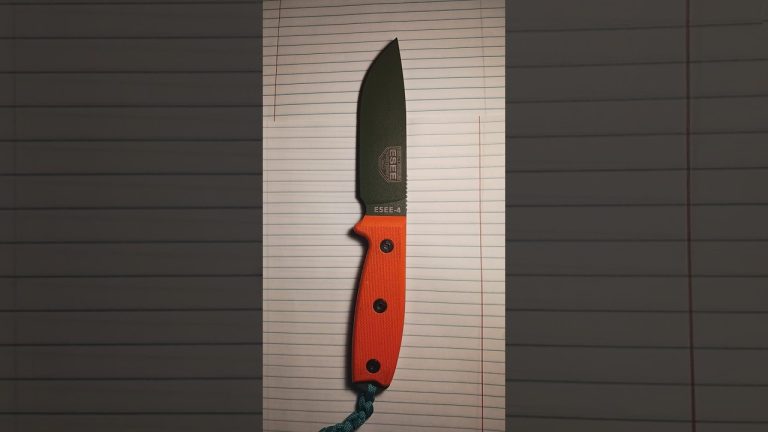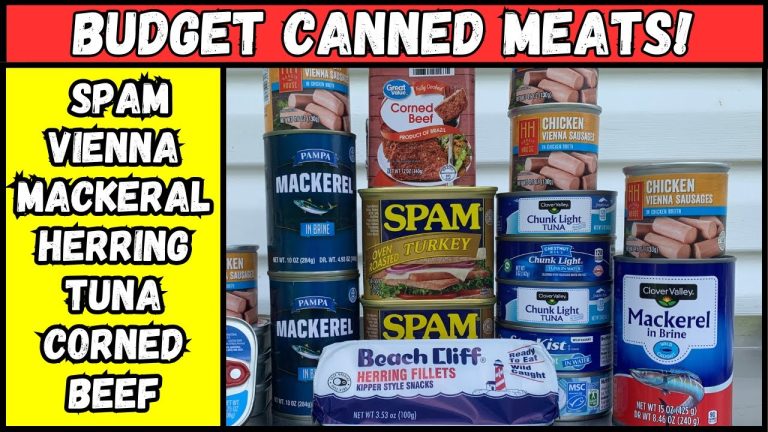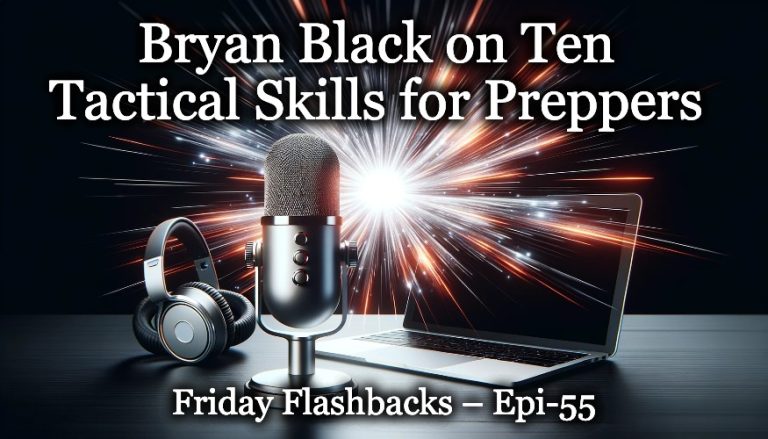Mountain House has been making freeze-dried meals since 1969. Even though they originally made their meals for camping, they have since branched out into emergency meals too.
If you are considering buying Mountain House food for emergencies, here’s what you need to know about how their “Just in Case” foods differ from their camping foods and how Mountain House stacks up against the competition.
Let’s get started!
Mountain House – “Just In Case” – Our Ratings
What We Think
Mountain House meals are great for disaster prepping if you can afford them because they last 30 years, don’t require cooking, have lots of protein, and taste great.
However, we do NOT recommend their “Just in Case” kits: buy Adventure meal pouches instead. These are equally suitable for prepping and even cost the same per serving as the kits, but there are many more meal options with the Adventure pouches, and you can choose exactly the meals you want.
Key Takeaways
- Great variety of individual meals, including savory breakfasts
- But emergency kits lack variety
- No cooking required – just add water
- Pricey, but meals contain real meat
- 30-year shelf life
- Great deal on bulk freeze-dried meat
- No bulk fruits, veggies or other staples
What Types of Survival Food Does Mountain House Offer?
Mountain House offers three types of Just in Case emergency foods:
- Just in Case kits
- Meals in #10 cans
- Freeze-dried meat in #10 cans
Just in Case Kits
Mountain House Just In Case kits contain a variety of freeze-dried meals, which are packaged in pouches. The meals have a shelf life of 30 years. Each kit contains a bit more than 1,700 calories per day.
Currently, MH offers these kits:
Meals in #10 Cans
Instead of getting meals in pouches, you can buy them in #10 cans (Don’t know what this is? Read: What is a #10 can).
The shelf life on #10 cans is also 30 years. For disaster preparedness, cans are preferable to pouches because they are pretty much indestructible. If you get pouches, I’d recommend putting them in a bucket to protect them from punctures.
Where the pouches contain 2 servings each, the cans contain 8 to 10 servings. Mountain House also has a few bulk food items, like various freeze-dried meats, in #10 cans, which aren’t included in the kits.
*Note: the price-per-serving of meals in #10 cans is higher. This is because the can itself is fairly expensive.
Freeze Dried Meat in #10 Cans
Mountain House has one of the largest selections of freeze-dried meat of any emergency food company. The meat is packaged in #10 cans and is very affordable compared to other brands. There aren’t any fillers – it is 100% meat.
The current selection includes:
Mountain House “Just in Case” vs. Adventure Meals
All meals in the Just in Case line are also in Mountain House’s Adventure line. There is no difference between the products.
They have identical:
- Ingredients
- Calories per serving
- Packaging
- Shelf lives
The meals even cost the same!
I tallied how much it would cost to buy each meal pouch in the 14-day Just in Case kit. It ended up being the same as the kit. This is surprising because usually, you’d get a discount for buying meals as part of a kit.
The only real benefit to buying the meals as a kit is that you have the calories calculated for you.
Because of this, I do NOT recommend buying Mountain House emergency kits. Buy the Adventure meal pouches instead.
There are more options with the Adventure meals. So, if you buy individual pouches, you get more variety in your kit and can choose just the meals you want. Oh, and since the Adventure meals are often on sale, buying meals individually will probably be cheaper than buying a kit!
Mountain House Serving Sizes
As with all emergency food brands, the “serving size” of Mountain House meals is very low: It averages 255 calories per serving.
On the plus side, the Just in Case kits contain more than 1,700 calories per day.
While most people need at least 2,000 calories per day, “hunkering down” usually involves a lot of sitting around, so 1,700 calories is probably adequate. You can supplement the kit with snacks if you need more calories than this.
Key Criteria and Our Ratings
Let’s see if Mountain House meals are everything they claim them to be.
Range of Meals
Primal Rating:
Mountain House has a fantastic range of meals compared to other emergency food brands. There are 11 entrees and 3 breakfasts in their Just in Case line.
When you factor in their Adventure meals (equally suitable for disaster prepping), there are 25 options plus two desserts. This is much more than what other emergency food brands offer.
Most of these meals are pasta based. However, the texture and flavor of the meals vary enough so you don’t feel like every meal is identical.
Meals:
- Rice and chicken
- Chicken fried rice
- Classic spaghetti in meat sauce
- Mexican Adobo rice with chicken
- Beef Stroganoff
- Chili mac with beef
- Lasagna with meat sauce
- Fettuccine Alfredo with chicken
- Homestyle chicken noodle casserole
- Beef stew
- Buffalo Style Chicken Mac and Cheese
- Chicken and dumplings
- Chicken Teriyaki
- Classic spaghetti with meat sauce
- Pasta Primavera
- Creamy macaroni and cheese
- Chicken fajita bowl
- Pad Thai with chicken
- Yellow curry
Breakfasts:
- Scrambled eggs with bacon
- Breakfast Skillet
- Granola with milk and blueberries
- Biscuits and gravy
- Spicy southwest style skillet
- Veggie chorizo breakfast scramble
Desserts
- Ice cream sandwich vanilla
- Ice cream sandwich mint chocolate chip
Important! The MH emergency kits do NOT have a lot of variety. The 1-year kit only contains 7 different entrees and 3 breakfasts! (Who would want to eat the same 7 entrees for an entire year???) Because of this, we deducted a star from the rating.
Since the cost is almost the same, you are better off buying individual meal pouches rather than their kits!
Quality and Taste
Primal Rating:
Regarding taste, Mountain House is by far one of the best emergency food brands. Their meals contain meat, which contributes significantly to flavor and texture.
The meals also add a decent amount of vegetables, unlike other brands that just throw in a few token chunks of carrots or peas.
While the meals contain some herbs and spices, a lot of the taste comes from artificial flavors like “yeast extract” (another name for MSG). If you want all-natural meals, Mountain House is not for you.
Ease of Cooking
Primal Rating:
Mountain House meals do not need to be cooked. Add cold water to the meals, let them soak for approximately 10 minutes, and then eat them.
This is ideal for disaster situations where you cannot cook. Likewise, it’s the best option if you don’t have any emergency indoor stove or adequate fuel stockpiled.
You can even pour the water directly into the pouch or can and eat from it, so you don’t have to worry about cleaning dishes.
Of course, the meals will taste better if you cook them. Or, at the very least, use boiling water to rehydrate the meals.
Special Diet Options
Primal Rating:
As mentioned, the Mountain House “Just in Case” kits have few options. However, if you look at their Adventure meal pouches, you will find many gluten-free options and a few vegetarian options.
Gluten Free:
There are 12 different gluten-free meal options. Most of these are rice based. The pad thai does have rice noodles, though, and the breakfast skillets contain potatoes, which will be a nice break from eating rice with every meal.
Mountain House doesn’t have a GF emergency food kit. However, their Adventure “Essential Assortment Bucket” is gluten free.
Vegetarian and Vegan Options:
Mountain House really fails when it comes to vegetarian options. They only have 4 options. Two of these are bland pasta, and one is granola. The veggie chorizo breakfast scramble is the only exciting veggie meal.
None of the vegetarian options are vegan!
How Healthy Are They?
Primal Rating:
Mountain House meals are slightly better than the competition regarding nutrition. The meals contain a lot of protein and real vegetables. They also get most of their flavor from natural sources like herbs and spices.
But the meals also contain a considerable amount of sodium and a lot of preservatives.
Let’s get into the detail of what these meals contain.
Macronutrient Ratio
The Institute of Medicine recommends that you get your calories from:
- 45-65% carbs
- 10-35% protein
- 20-35% fat
This can be simplified to a 4:2:1 ratio of carbs to proteins to fats (in grams).
Mountain House is one of the few emergency food brands that meets these guidelines (or at least comes close in most cases).
By contrast, most other brands of emergency meals are just glorified carbohydrates: you get a bunch of rice or pasta with a few token vegetables thrown in and almost no protein.
Protein
Because Mountain House meals are designed for hikers, they include a lot of protein. Per 100g of dry food, approximately 20-30 grams is protein.
Unlike cheap emergency food brands, the protein comes from meat and not from fillers like soy granules. Even the MH meals which have beans still have meat in them.
Sodium
Pretty much all emergency meals have very high amounts of sodium. But, even by these standards, Mountain House meals have vast quantities of sodium.
I tallied up the amount of sodium in the MH emergency kits. If you used their kit for your emergency food, you would get an average of 3,720mg of sodium per day. The daily limit for healthy adults is 2,300mg per day!
Remember that Mountain House meals are designed for hikers. Hikers have higher salt requirements because of how much they sweat, so the high sodium content isn’t a big issue. But, for emergencies – especially when you are just sitting around a lot – consuming this much sodium is unacceptable.
I wish Mountain House would design meals for emergencies instead of just repackaging the hiking meals under a new label.
Vitamins and Minerals
Mountain House does not provide complete vitamin and mineral information for their meals. The nutrition label only includes calcium, iron, potassium, and vitamin D.
Despite this, the vitamin and mineral content of MH meals is probably better than with other brands. That’s because they include some vegetables in their meals as well as meat. Some of the meals are also fortified with B vitamins.
Shelf Life
Primal Rating:
All Mountain House meals have a shelf life of 30 years. The cans of meat also are good for 30 years.
Since Mountain House has been around for so long and is a very reputable brand, I have no doubt that their foods really do last this long.
Remember that most other emergency food brands offer a 25-year shelf life. So, Mountain House really beats the competition.
Meals in pouches have 2 one-cup servings each. The meals in #10 cans have 10 servings each. These serving sizes are small enough that you don’t have to worry about the remainder of the food going bad after you open the pouch or can.
My only slight complaint is that their “Just in Case” kits don’t come in buckets. The pouches could get punctured (such as by earthquake debris or hurricane winds). I recommend putting the meal pouches in a bucket to keep them safe. The #10 cans are pretty indestructible, though.
Cost and Value for Money
Primal Rating:
Mountain House meals are NOT cheap. If you rely on the Just in Case meal kits, it will cost you approximately $31 per day! By contrast, other emergency food brands cost roughly $7 to $14 per day.
True, Mountain House does use higher-quality ingredients than other brands, but this alone doesn’t justify the higher cost. However, buying emergency meals from cheaper brands and fortifying them with freeze-dried meat and veggies bought in bulk ends up cheaper.
The one exception is the Mountain House cans of freeze-dried meat. These are surprisingly affordable compared to other brands.
Kits Are Not a Better Deal!
A big complaint with Mountain House is that they don’t offer any discounts for buying in bulk.
For example, their 14-day food kit costs approximately $31 daily. You’d expect the 1-year kit to be cheaper per day. But it ends up being $30 per day, a negligible discount. Other brands give you much larger discounts for buying in bulk.
It also costs pretty much the same to buy the meals as part of a kit or individually. Instead of buying the kits, you might as well just purchase individual meal pouches (and get exactly the meals you want!).
Availability
Primal Rating:
Mountain House meals are available on Amazon and outdoor retailers like REI. They usually ship very quickly.
Customer Service and Incentives
Primal Rating:
Mountain House does NOT accept returns. If you don’t like the meals, you are stuck with them.
They also don’t have any loyalty programs or other incentives. If you buy the meals from REI, though, you will get 10% off on orders of 8 or more meals.
Final Thoughts
Mountain House makes some of the best-tasting and highest-quality freeze-dried meals available. However, it’s debatable whether the quality is worth the premium cost.
If Mountain House offered discounts for buying in bulk, they might be worth it for disaster prepping. However, we can’t recommend their meal kits because they are so expensive and lack variety. You are better off buying a few of their individual meal pouches.
However, their #10 cans of meat are great deals. We recommend stocking up on these and using them to supplement cheaper emergency meals.
Related
For further survival food company reviews, see:

















